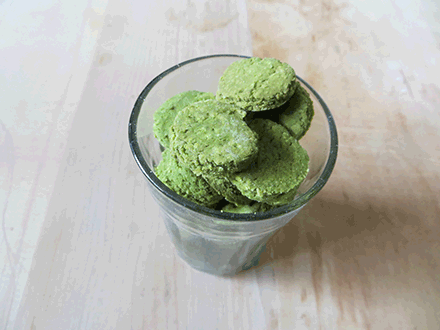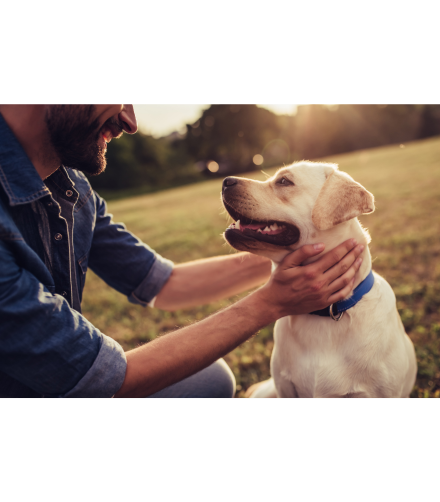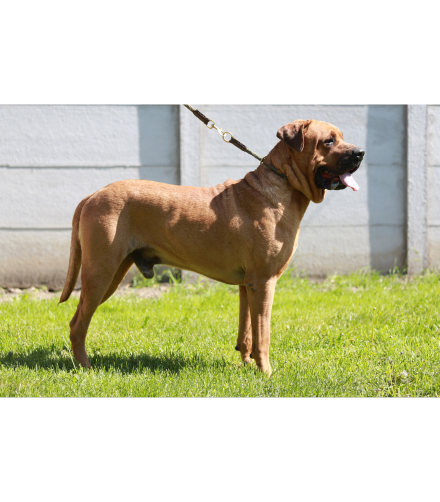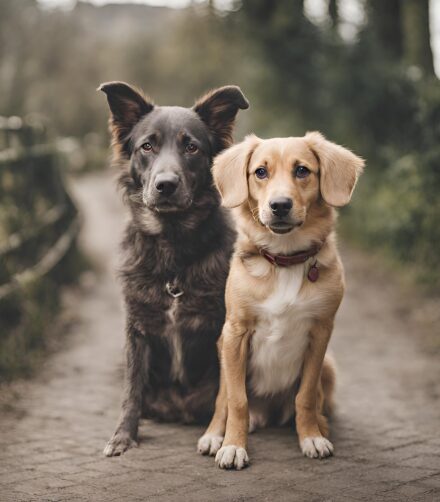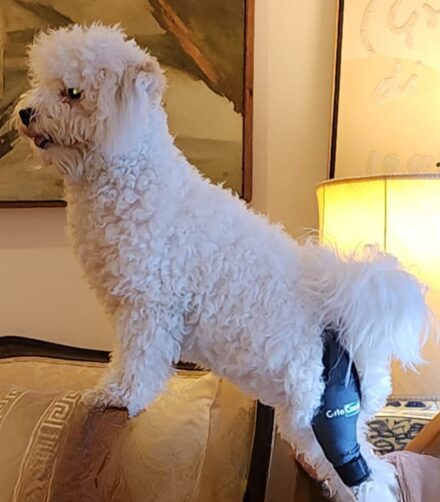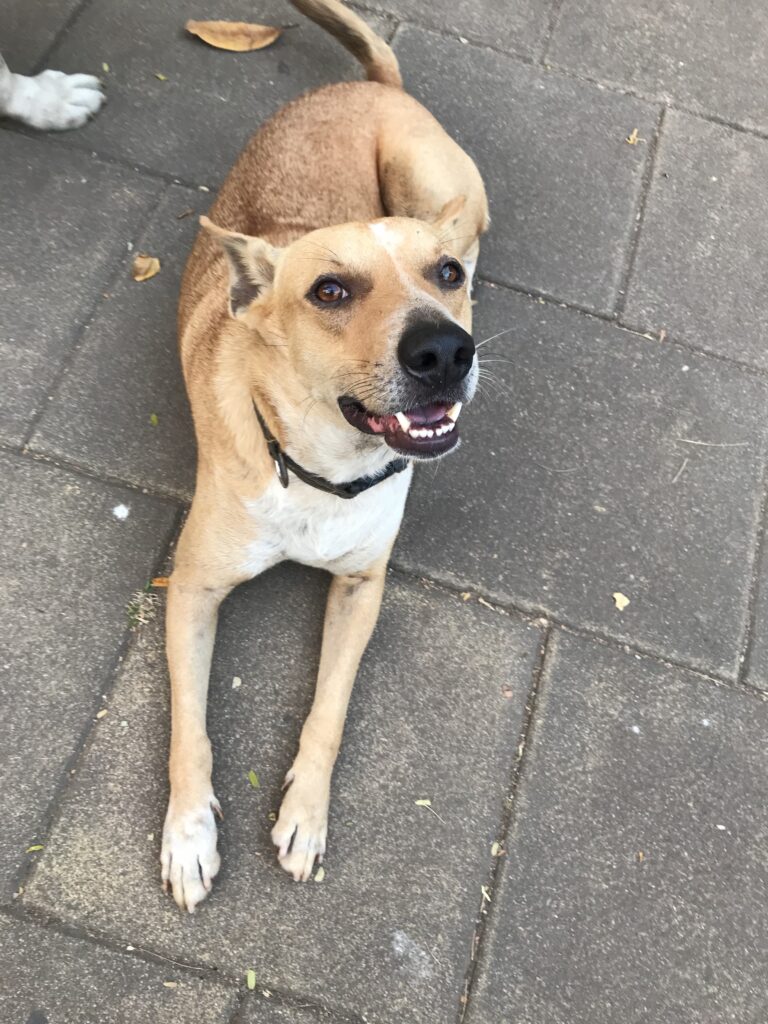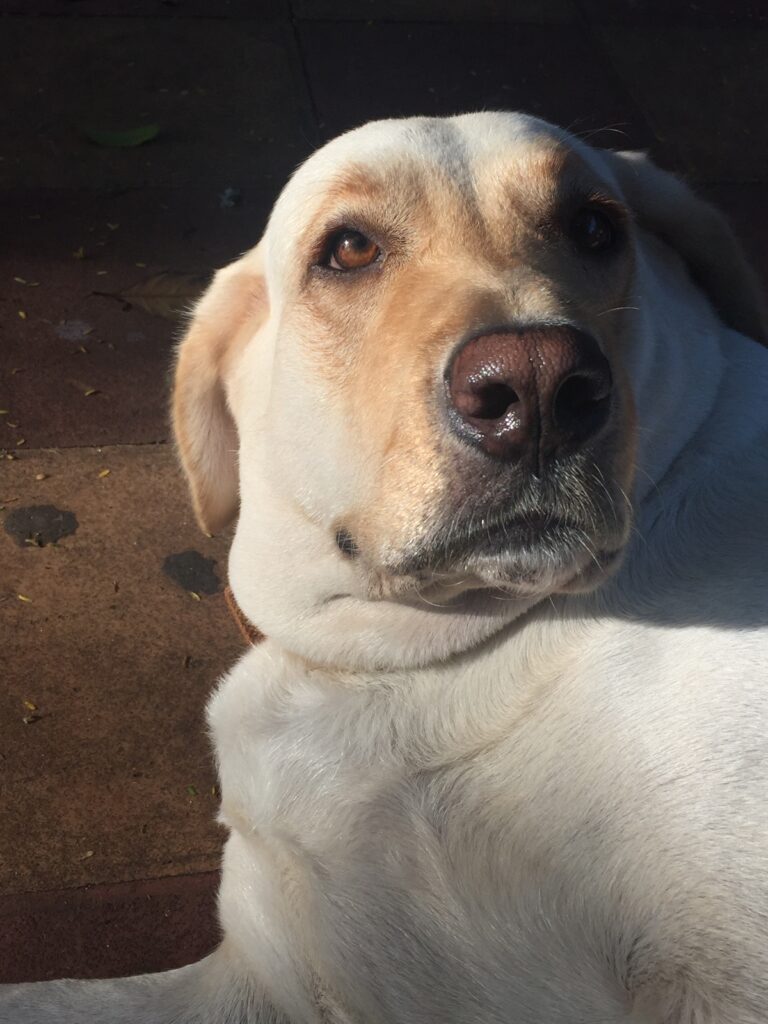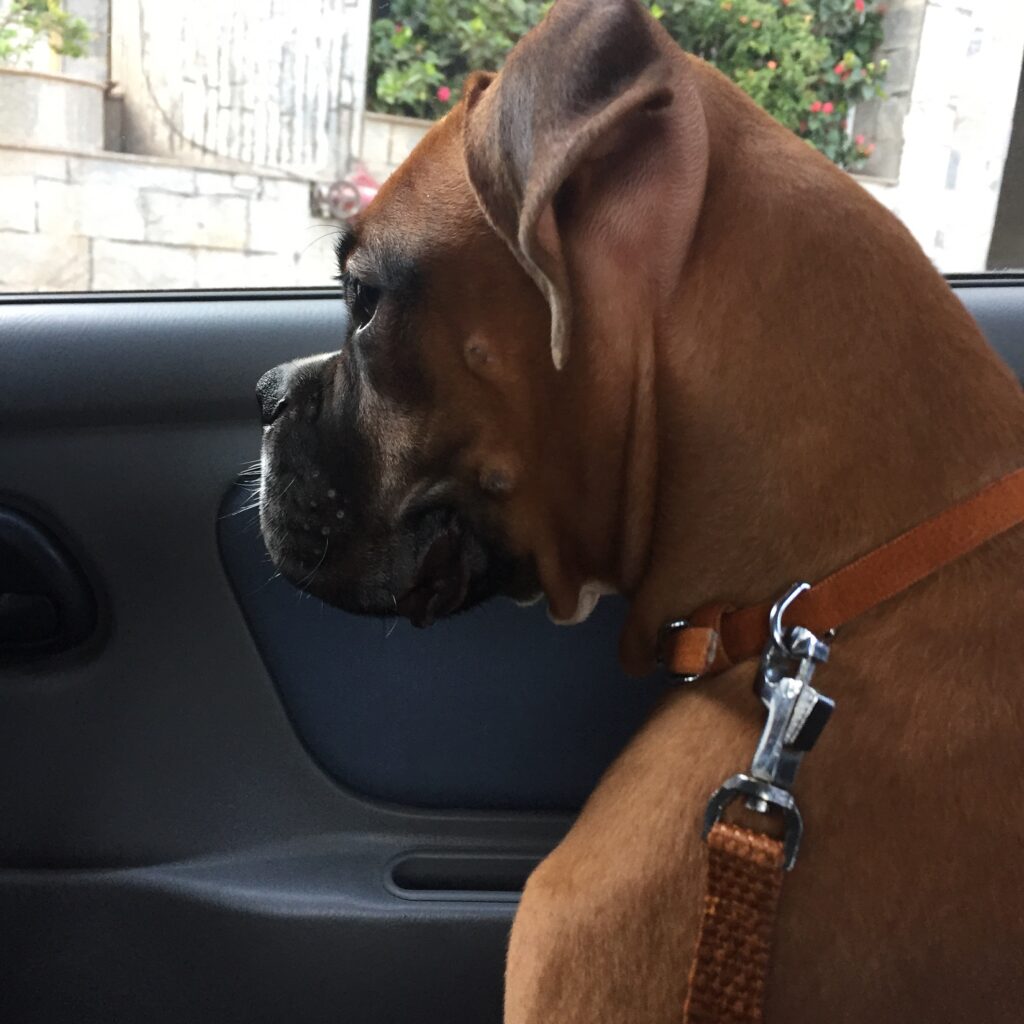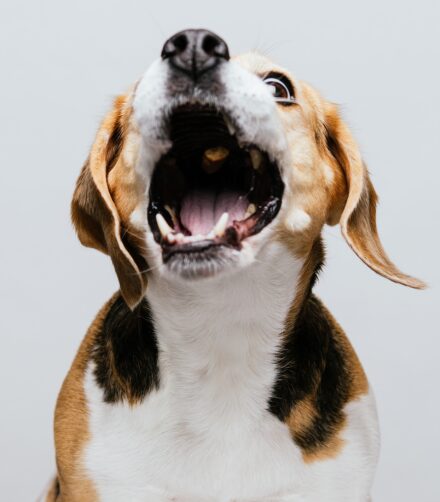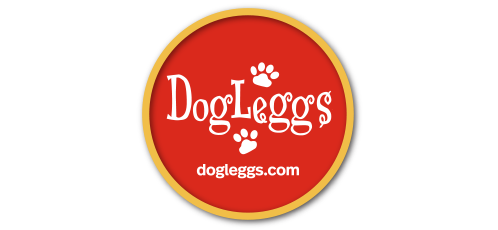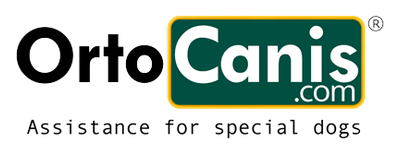Of course, the purpose of training is to discipline your dog and make it focus on learning rather than letting it get distracted! A good training treat will not allow the dog to get distracted by other things, and you certainly don’t want it to be distracted by the treat!
Many trainers contemplate the kinds of dog treats that will keep the dog focused and will be a perfect reward for coping with distractions. Do you need to concentrate on nutrition while choosing a treat? Or is taste the real incentive for dogs? The discussion below will help you decide the right treat for your dog during training.
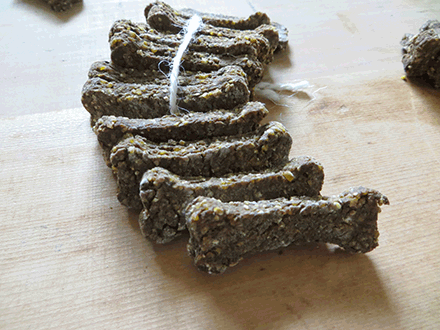
Trainers can rate various treats and then use them accordingly while training dogs. This practice can be beneficial in many ways:
• Treats can help dogs learn new behaviors faster.
• Easier to manage the dog’s distractions during training.
• Help your dog focus on the session at your pace.
• Your dog will not get tired of the same treat
• The way you plan the treats before, during, and after training can bolster your dog’s concentration and yield positive results every time.
How we can determine the best training treats for dogs?
We have categorized the various kinds of treats for dogs during training, and these categories are according to the satisfaction level or happiness of the dog. If you feel that a certain treat makes your dog very happy and excited, then it is high-value.
Below is the list of treats that we found very useful for rewarding dogs. You can find your dog’s favorite among them!
Best high-value treats
• Northwest Naturals Freeze-dried Lamb Liver
This gluten-free raw reward is an excellent pick as it is meaty, greasy, and will surely make your dog feel special. High-value treats are the reward for learning something new, and this lamb liver is sure to make your dog remember what he did to deserve it! These treats have 64% crude protein, which makes them an excellent pick for dogs after training. In each treat, the amount of fiber is also enough to maintain a healthy bowel movement. Northwest naturals keep all rewards free from hormones and antibiotics, so your dog’s behavior stays calm, without causing any interruption to their natural attitude.
• Stella & Chewy’s Beef Heart Treats
These 100% beef hearts have just one ingredient, and that is in the purest form to give your canine friend a rewarding snack! You can buy these bags in uniform size, and the results will also be uniform: Pure bliss! The dogs that like beefy treats will surely love the beef hearts.
Middle-value top treats
• Charlee Bear Crunchy Dog Treats
The grain-free crunch treats come in various flavors, and you can choose the one that matches your dog’s taste. The innovative combinations like bacon and blueberry or turkey and cranberry are aromatic and can get your dog’s attention as soon as you open the bag. These treats are made without corn, soy, or artificial preservatives so your dog’s health is in check! Trainers can keep the round and small treats in the pocket to treat their dog anywhere.
• Zuke’s Mini Naturals Rabbit Recipe Dog Treats
The low-calorie mini treats are the perfect size for middle-value treats as we do not want to overwhelm the canine, neither do we want to over-reward it! The right size and taste are what does the trick, and you see better results of training.
Low-value top treats:
The low-value treats can be an extra dose of the everyday things that your dog eats. However, just like our meals are different from our desserts, dogs will like the unique flavor that makes them excited and changes their behavior to become attentive to the trainer. Here are some top picks that most dogs love:
• Wild Eats Sweet Potato & Chicken Treats
These treats are low-calorie and do not have any grains in them. While choosing low-value treats, many trainers prefer cheaper varieties that might contain gluten and grain. However, it is best to keep the dog’s health a priority! All treats must be healthy and enjoyable for your canine trainee.
• Firstmate Wild Pacific Grain-Friendly Dog Food
The Pacific catch can be an oily and smelly treat that dogs love! However, this grain-friendly food comes in small size pallets to suit all dogs. A low-value treat for the well-behaving dogs will always keep them wanting more, hence, behaving better.
Figure out what kinds of treats your dog enjoys
Trainers often talk about high-value or low-value treats, and they measure them according to the happiness level that your dog feels after consumption. Your dog is the one who places these values, and the price for each treat is not the value determinant here!
Yes, many of the high-value treats are based on assumptions and general liking, but each dog is different, and they may feel happier with a particular treat while others may like a different one. Commonly, every dog loves the greasy, fatty, fried liver treats, but some may like dry biscuits too!
According to the behavior of dogs, the general categorization of treats can be as follows:
High-value treats
These are the moist treats that dogs like to taste without extra chewing. These treats are the occasional, smelly, freeze-dried foods that they don’t get usually. You can value them in foods like liverwurst, fish, or chicken. A spoonful of these treats to lick and savour can yield some great results. The high-value treats should follow excellent behavior, so your dog knows what it did to get the reward.
When to use these high-value treats?
Your dog must know when I get these delicious treats. If it did not behave well, then these treats will only bring down the bar as the incentive is critical. You can introduce these treats when:
• Your dog learns a new behavior,
• In group training where dogs can easily get distracted by fellow learners.
• During high-exposure learning sessions for puppies.
• If you are counter-conditioning dogs as a part of their behavior modification for aggression, anxiety or fear.
However, the treats for excellent behavior do not include the foods that can create a problem. Fatty foods like sausage or bacon can cause an upset stomach or may even lead to pancreatitis.
Middle-value treats during training
Medium-value treats are the foods that your dog does not get regularly. However, these treats are not as high a reward as the last category. However, there are numerous times during training that you can find these treats useful:
When the dog is maintaining a learned behavior,
Throughout the day when it behaves well,
A regular enrichment activity when your dog is receptive to the training
Mid-value treats are not for the more significant tasks or new behavior but the encouragement of your dog. You may say that these treats are for motivation and will help ‘maintain’ the learning mode.
What are low-value treats?
Lower value treats are the low-calorie and low-fulfillment and are more of the attention-seeking treats. Many trainers get their dog’s attention by offering low-value treats so the dog knows that you are about to engage it in different things that might end up in a bigger reward!
How to choose suitable treats for your dog
When you go to the market to get some goodies for your pet or trainee, ensure that you find one that suits it. A taste test before the market visit will be suitable as you will be able to understand the things that the dog prefers and might be of high-value for it.
What kind of protein does your dog like? Does the dog prefer fish, chicken, or beef? Do you think the dog will like juicy meat or pick chicken pieces? Whatever kind of protein the dog likes should be the high-value treat!
Some dogs like semi-solid foods, while some prefer dried treats. Whichever texture is your dog’s favourite must be the texture of the high-value treat. Training treats should be small in size and must be easy to deliver. You cannot dish out a treat for the dog during training, neither can you rely on large-sized foods that will get the dog over-excited or anxious.
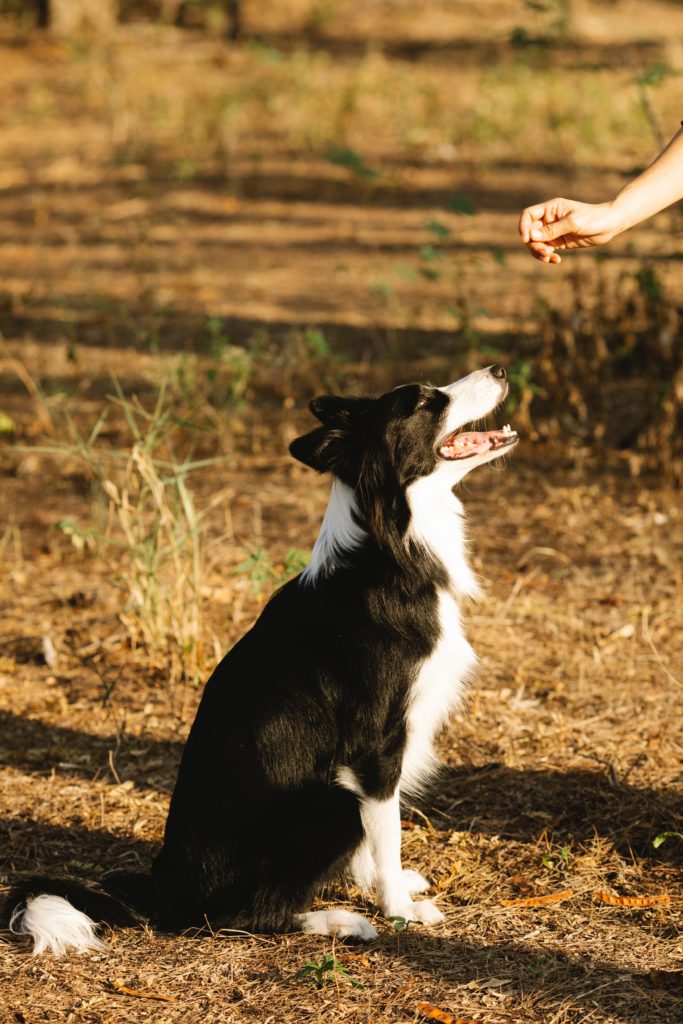
How to use dog treats the right way
When you begin training your dog, the right reward will work best, and you must find out which one that can be. When we work on something, we expect returns, and therefore it is only fair to think that your dog would want one too! Secondly, we talk about incentives and rewards for motivation, so there it is! Rewards are essential for dogs to keep learning.
Using treats according to the task achieved, that is the trick! You cannot treat your dog less or more as that would only make them misjudge the trained behavior.
Moreover, the treats have to be healthy! You cannot mess with your dog’s health only to reward it! Bacon, sugar, chocolate, and all other foods that your dog might not take well are off limits! Dogs can have pancreatitis by indulging in extremely fatty or unhealthy foods. Similarly, the sugar rush is bad for dogs!
How often do you need treats for training?
The answer is always! You will have to reward your dog every time you teach them something, but you can limit these treats to middle-value ones over time because your dog will reach a ‘maintenance’ mode. This mode is when it has learned all that you trained him for, but needs regular reminders that good behavior has to be continuous.
When you begin training, you will be rewarding your dog for every new task, and then reinforcement of that task. As your canine friend moves to a higher level, the treats will decrease as most of these snacks will be for maintaining good behavior.
The fading out season begins when you start replacing treats with real-life rewards like more cuddling or pats that are essential for the dog’s wellbeing. Additionally, the dog will also like a change from treats to toys.
Unfortunately, many trainers and dog owners forget that treats regularly remind the pet that they should be behaving well. An occasional treat based on good behavior should never stop, but maybe you can change the reward from one treat to another.
Why are treats a part of training anyway?
We explained this earlier as well, that just like we look for incentives and rewards, dogs like treats and get motivated to behave well. Food is a good reinforcement and helps dogs learn new tricks as they look forward to what they will get in return.
Is it a treat or a bribe?
It is a reward when you reward your dog for learning or repeating something, but if you coax your pet into training, that is a bribe! You need to ensure that your dog knows that it will get something nice if it does well.
Health comes first
It is essential to keep your dog’s caloric intake when you start the training plan. Dogs can pack pounds faster if they are getting treats daily. If you are giving a fatty treat, then cut back on the regular meals by a small amount. This way, the dog will only be more eager to learn the next day!
Summary
Dog treats during training are like the bonus and salary boosts that keep us going. Your dog will respond better to new behaviors if they know they will be rewarded. We have discussed high, middle, and low-value treats for you to keep your training sessions exciting and meaningful for your canine friend.
Editor’s Note: Please always research a company, the ingredients and safety record of a food or treat. Just like human foods, dog treats and food must be chosen based on your dogs health, dietary requirements and age.

